
The most iconic of all English fortresses commanding the gateway to Britain for nine centuries, where visitors can gaze out across the sea to Europe in the distance. Climb the Great Tower, meet one of England’s most powerful Kings and immerse yourself in the vivid medieval interiors. Then delve deep within Dover’s iconic White Cliffs to witness the drama in the Secret Wartime Tunnels. Roam through centuries of England’s history at Dover Castle, from the Romans to the the present day. Experience an essential flavour of England, an incredible day out, and one which you’ll hold onto for a lifetime!
Commanding the shortest sea crossing between England and the continent, Dover Castle has a long and immensely eventful history. Standing by the castle’s Fire Command Post, you can gaze across the sea, and on a clear day you can make out the cliffs and coastline of France and Europe in the distance. Known as the ‘key to England’, this great fortress has played a crucial role in the defence of the realm for over nine centuries, a span equaled only by the Tower of London and Windsor Castle.

The chalk of Castle Hill has been shaped and reshaped over the centuries into massive earthworks, ditches and mounds. Imposing walls and towers have been raised and networks of tunnels excavated beneath them. King Henry II began the building of the present castle in the 1180s, and ever since its buildings and defenses have been adapted to meet the changing demands of weapons and warfare.

Step inside the Great Tower and journey up to the throne room, where you can pose on the throne for a photo, and explore the vivid recreation of this medieval palace.
Be transported to a world of courtly intrigue and royal ambition, as you experience the vibrant colour and rich furnishings of one of medieval England’s most important castles.
Meet the royal court of King Henry II as the castle is brought to life on selected dates throughout the year.
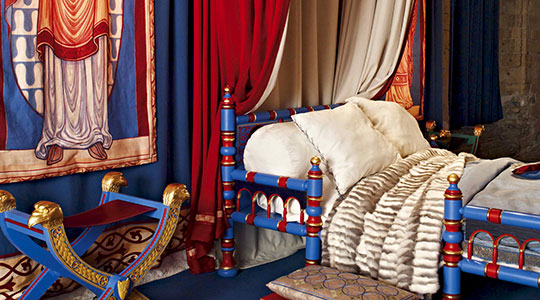

Experience the sights, sounds and smells of this authentic underground hospital.
Follow the dramatic journey of a wounded WWII pilot, fighting for his life as he is rushed through to the operating theatre.
See the living conditions in the tunnels and hear about the difficulties of treating injuries in such close proximity to falling enemy bombs.
Perhaps you have seen the Warner Bros Film, ‘Dunkirk’ in cinemas? Here you can venture deep into the secret wartime tunnels, inside the White Cliffs, and stand at the heart of where the evacuation of troops from Dunkirk was masterminded. Witness exclusive film footage, and stand in the shadows of Winston Churchill and Vice Admiral Ramsey.
See, hear and feel the danger as the events and people from the Dunkirk evacuation are made real. Journey through the tunnels deep beneath the castle as special effects, projections and real film footage bring this dramatic rescue operation to life.
Arrive early to ensure you get a tour, and see for yourself how the tide turned in Dunkirk in this memorable underground experience.
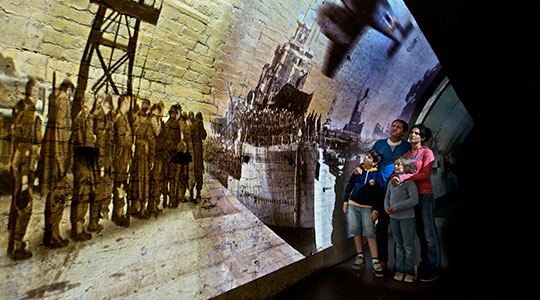
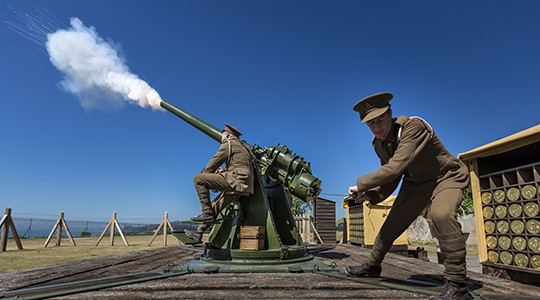
During the First World War, the Dover area was officially designated as a fortress with Dover Castle acting as a military headquarters.
Don’t miss the attraction that tells this story and see the gun firing drills every weekend from July-September.
Discover the oldest surviving lighthouse in the country, and one of the oldest in the world, the Roman Pharos.
Once used to aid navigation by Romans across the English Channel from France. Next door to the lighthouse is the Anglo-Saxon church of St Mary in Castro.
The working church was partly rebuilt in the medieval era, and was restored by the Victorians after many years of neglect. Today why not take time to pause and reflect, in the light of the stained glass windows.
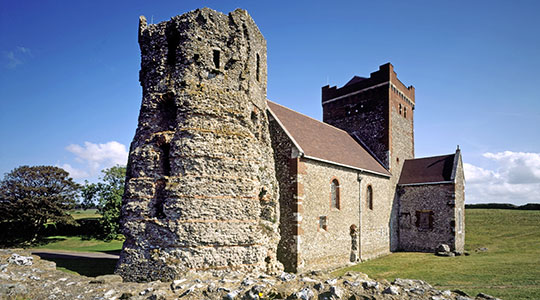
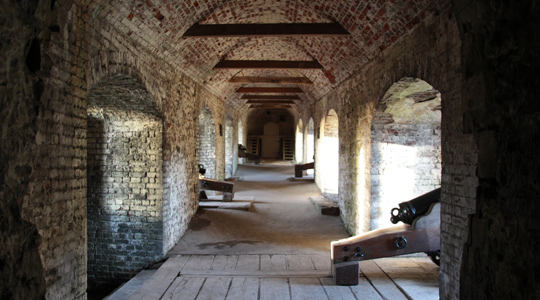
Descend at your own pace into the eerie, winding medieval tunnels, burrowed beneath the castle during and after the Siege of 1216.
These covert defenses protect the most vulnerable side of the castle from attack. There’s still more to see at Dover including the Regiment Museum, the battlements walk, and numerous stunning vistas looking out from the castle’s many vantage points.
Visit the castle for an essential flavor of England and an experience to hold onto for a lifetime.


Days |
Timings |
|---|---|
Monday |
10:00 – 17:00 |
Tuesday |
10:00 – 17:00 |
Wednesday |
10:00 – 17:00 |
Thursday |
10:00 – 17:00 |
Friday |
10:00 – 17:00 |
Saturday |
10:00 – 17:00 |
Sunday |
10:00 – 17:00 |
